If food waste was a country, it would be the third-biggest contributor of greenhouse gases following China and the United States.
Despite this, only 37% of UK customers draw a link between food waste and the significant negative effect it has on climate change.
On a global scale, food production accounts for 37% of greenhouse gas emissions and requires a range of intensive resources including water, land and energy. But when we toss out a mouldy carrot or a pint of milk after its ‘best before’ date, we tend to detach from its environmental significance.
With Food Waste Action Week coming to a close, it’s important to note that – although individual consumption is a leading factor in food waste figures – sector-wide efforts across retail, supply, NGOs and DEFRA are also imperative to address the underlying structural issues.
As grocers connect our forks to the farms, their role in mitigating food waste through packaging, labelling and distribution is central to educating consumers on how individual food waste directly effects the world around them.
READ MORE: Supermarkets urged to adopt Wrap guidance on surplus own-brand food
What is Food Waste Action Week?
Taking place from 7 to 13 March, Food Waste Action Week 2022 is presented by the consumer campaign Love Food Hate Waste (LFHW).
LFHW falls under the guidance of WRAP (Waste & Resources Action Programme), a global NGO based in the UK. WRAP works alongside government bodies, businesses and individuals to “ensure that the world’s natural resources are used more sustainably.”
The charity aims to deliver the UN Sustainable Development Goal of halving global food waste by 2030. The Big 4 grocers are already on board to share this target, with retailers such as Aldi and Ocado also supporting the cause.
“We’ve pledged to reduce our own food waste by 20% by 2025 and halve it by 2030. Doing this is incredibly important,” a spokesperson for Aldi told Grocery Gazette.
“Aldi is undertaking a variety of initiatives, from supporting WRAP’s Food Waste Action Week to the surplus food donation programme in partnership with Neighbourly.”
READ MORE: UK supermarkets create 200,000 tonnes of food waste
Why are we wasting so much food?
On an individual scale, returning to post-Covid life has returned some of the unfavourable habits. With the return to work and socialising, comes more time pressure and less food management at home.
According to a WRAP report, 43% of those who feel under pressure in their day-to-day life are classified as higher food wasters. Surprisingly, 59% of those who opt for ready-made food kits and fruit and veg boxes also waste more food.
Lack of confidence in food preparation is and cooking also contributes to food waste (42%), while almost half (49%) of those with specific diets such as Paleo or Atkins are also classified as higher food wasters.
It’s also partly down to demographics – 18–34-year-olds typically waste more food, so WRAP has implementing a programme of ‘behaviour change interventions’ (BCIs) to help them address some of the more common behavioural issues which cause excess waste.
Labelling and packaging
By analysing the core reasons why young people typically waste food, retailers can utilise behavioural data to inform and shape their strategies on food sustainability, hopefully shifting consumer attitudes towards waste.
“We know for example that buying too much and not storing food in an optimum way are common causes of food waste, “WRAP director collaboration and change Catherine David told Grocery Gazette.
“We urge retailers to use WRAP’s labelling and packaging guidance– produced in association with Defra and the Food Standards Agency – to inform their choice of date labels and storage guidance on the pack.”
David explained that that key symbols “like the Little Blue Fridge” which encourages refrigeration and the “snowflake” signifying home freezing – are simple but effective in pushing customers to safely store food.
“We encourage retailers to engage with their customers about food waste and to use our Love Food Hate Waste materials” David explained, highlighting Asda and Lidl who feature the Love Food Hate Waste materials on their product packaging.
READ MORE: Aldi donates 550,000 meals to charity over the festive period
Selling loose produce
WRAP has also advised retailers to sell their most frequently wasted items loose, without unnecessary plastic wrap.
“While the packaging is important and often carries out a critical role to protect food, we have proven that plastic packaging doesn’t necessarily prolong the life of uncut fresh produce,” WRAP CEO Marcus Gover explains.
Last month, Tesco and Asda trialled plant-based protection that keeps fruit fresh for up to twice as long, extending their shelf life and reducing food waste.
Instead of plastic, Apeel is made from the same materials found in peels, seeds and pulp and its aim is to slow down fresh fruits and vegetable rates of spoilage.
Ditching ‘best before’ dates
David also advised on scrapping Best Before labels and giving better advice on storing items in the fridge. She says this could potentially prevent “14 million shopping baskets worth of food from going to waste”.
In January, Morrisons became the first grocer to remove ‘best before’ dates on its milk in a bid to reduce food waste. As milk is one of the most wasted items, the Big 4 grocer encouraged its customers to conduct a sniff test to check the quality instead of relying on an arbitrary date.
Similarly, Tesco recently removed ‘best before’ dates on over 180 of its fruit and vegetable lines. The supermarket has also worked closely with WRAP to incorporate change into industry guidance on fresh produce labelling.
READ MORE: Morrisons to remove “use by”dates on milk to cut down food waste
The future of food waste
Years of government austerity and corporations prioritising profits over irreversible climate change has culminated in an economic and environmental dual crisis.
With the lack of legally-binding targets in the Paris Agreement, countries are still “nowhere near” limiting temperatures. On top of this, inflation rates are expected to hit a CPI of 8% this spring. It is crucial that we address both these overlapping urgencies, before it is too late.
“More than 6.6 million tonnes of food waste arises in our homes every year, compared to less than 300,000 tonnes in retail,” David says.
To address this, retailers must of course invest in customer-targeted solutions and they need to work together to do this. But while supermarkets can change labels, add messaging, create recipes, develop campaigns and reduce plastic packaging, they cannot work alone.
David stresses the importance of a “sector-wide movement towards shared science-based targets” if we are ever to effectively mitigate food waste, with NGOs, charities, governments and individual consumers alike all working together to shift attitudes on food waste once and for all.
Click here to sign up to Grocery Gazette’s free daily email newsletter


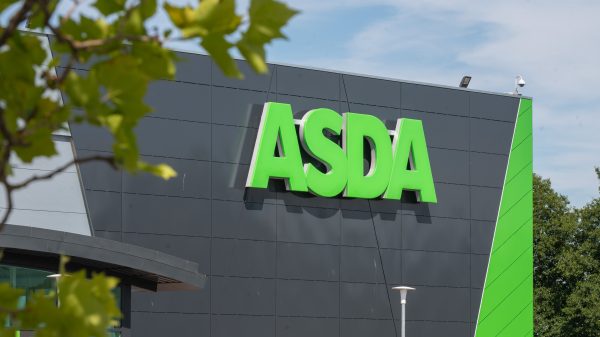
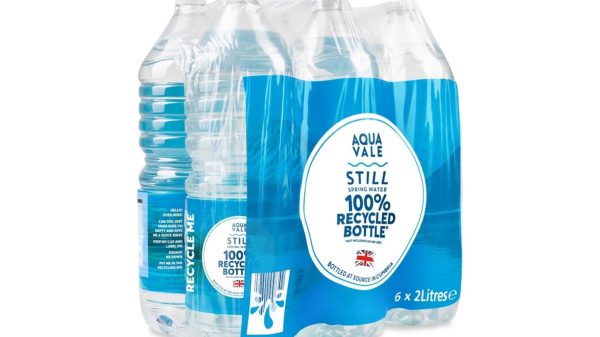
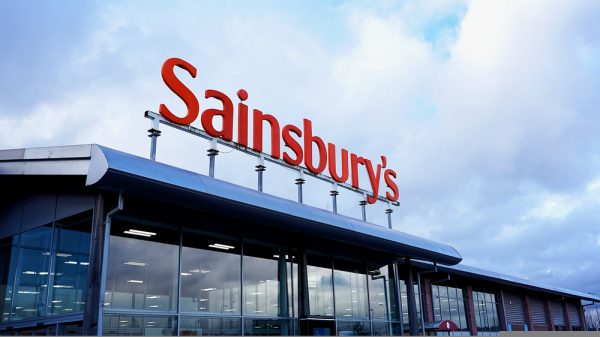
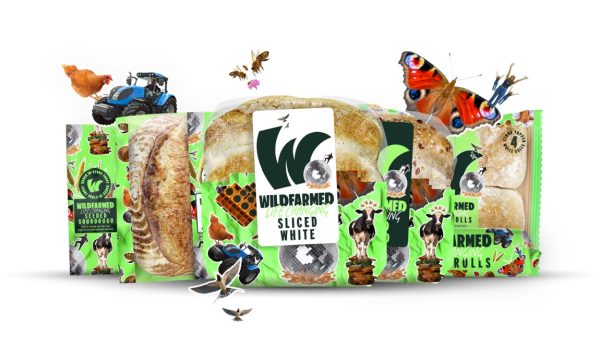
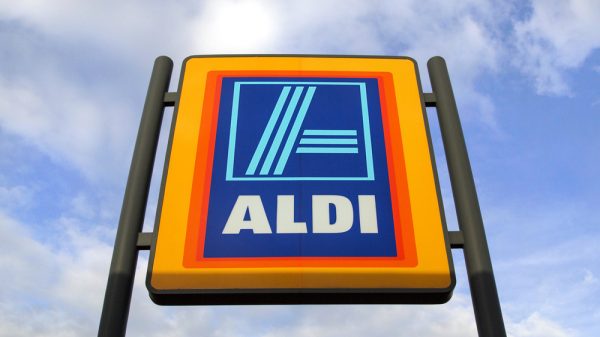
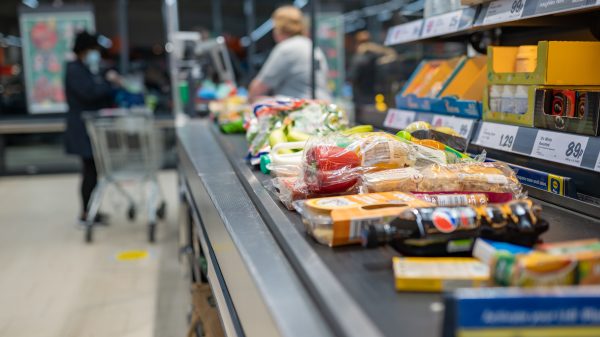


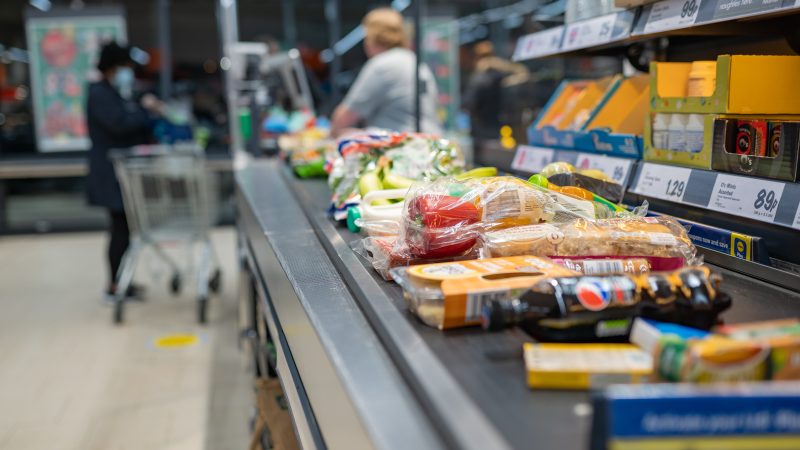
1 Comment. Leave new
how about selling food which we can eat. we regularly get potatoes which are black and green and other fruit and veg which arrive bashed or not edible. some pre made foods are also with issues and crisps also are green and smell bad. it’s not just the customer that has to do their bit. we all have to together. but loose foods should not be the only option for people who have allergies. bagged veg and fruit in bags that we can reuse or compost would help people with allergies.